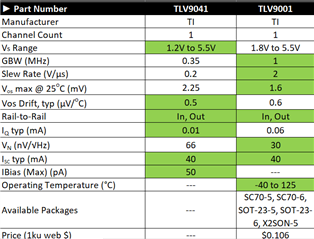Hello
As mentioned in the datasheet, there is a pull-up resistor. I do not want to enable the amplify during power on. So I would like to use a pull-down resistor at the SHDN pin.
Due to the internal pull up resistor, what resistance of pull down resistor should I choose?
Thanks!


